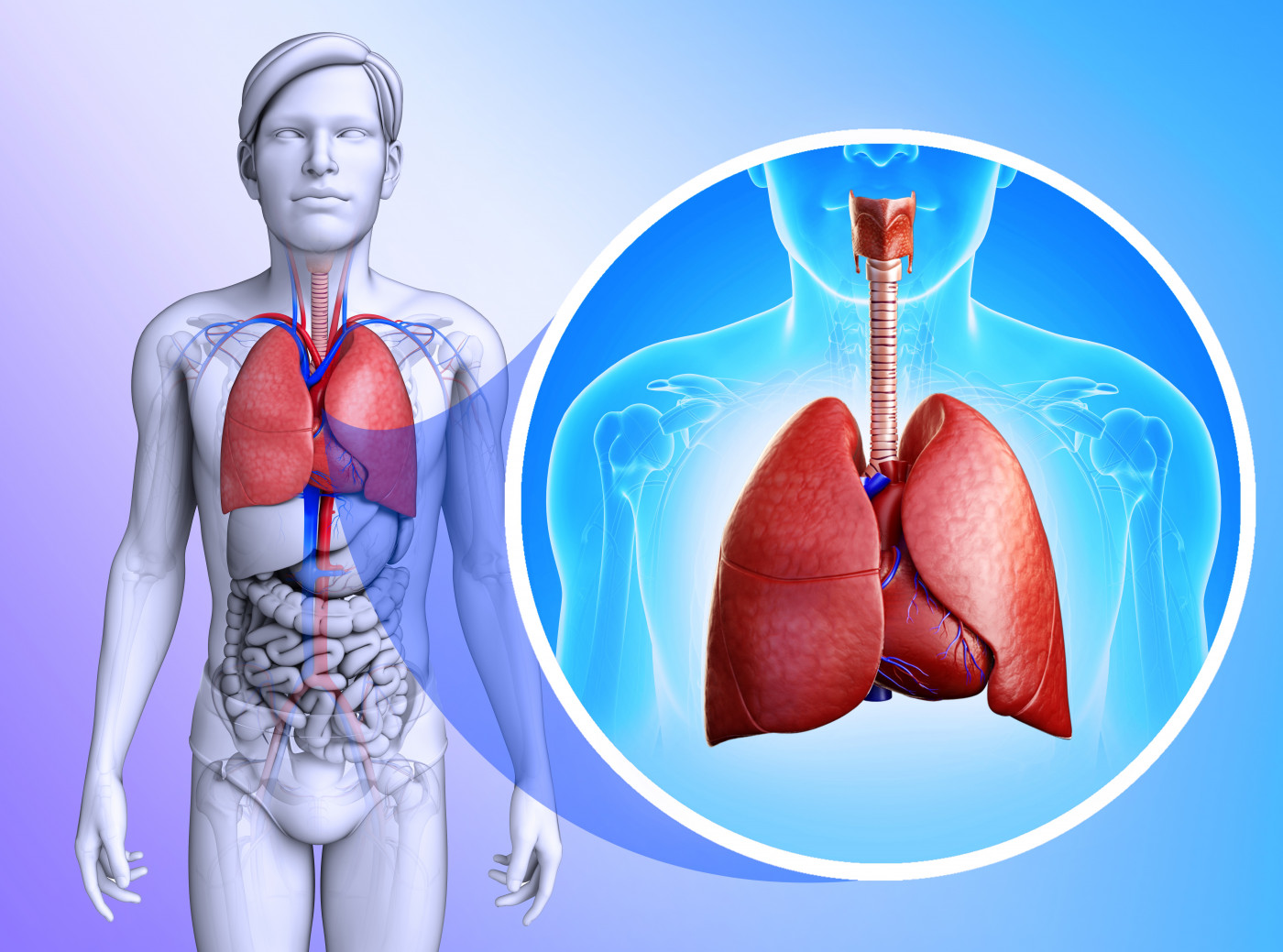Young CF Patients in UK Receive Machines for At-home Lung Monitoring During Pandemic

Oxford Hospitals Charity has purchased and delivered machines able to measure lung function at home to 120 young patients with cystic fibrosis (CF) in the U.K., enabling them to closely monitor their condition during the COVID-19 pandemic.
The mini lung function machines were funded with the help of NHS Charities Together, and sent to patients under the care of Jeremy Hull, MD, the CF director at Oxford Children’s Hospital.
Children with CF need to undergo routine assessments at the hospital – usually every six weeks – to monitor their lung function and other parameters. These visits are critical for diagnosing new lung infections that may put patients at risk or to monitor how well they are responding to treatment, but the ongoing pandemic has made these routine hospital visits more challenging.
“One of the important reasons why children regularly come to our clinics is so we can measure their lung function. A fall in lung function, even if it is quite small, can indicate the presence of infection that needs to be treated; it’s an early warning that something serious is happening,” Hull said in a press release.
But “like many other services, hospital visits are currently restricted to urgent reviews only,” with patients only being able to see their healthcare professionals unless absolutely necessary. Hull, however, understands the importance “that we continue to make sure [these children] are keeping well and feel properly supported.”
Recognizing the complications that can occur due to delays in care and monitoring, Hull asked the charity for help in acquiring lung function monitors that would enable patients to undergo their routine tests in the comfort — and safety — of their homes.
“We asked the charity to help at the beginning of the lock down and they said yes very quickly which meant the order for the monitors could go straight in,” Hull said. “Just two weeks later the monitors were received and sent out to all the children and young people who would need them, which is a fantastic turnaround.”
The monitors, which will be used as part of regular telemedicine consults, essentially measure the maximum amount of air a patient can forcefully blow out of their lungs in one second — a measure called forced expiratory volume in one second.
Joseph Lomax, a 16-year-old patient from Wootton in Northampton is already using his monitor at home, which has helped reassure him and his family about his health and monitor his progress on antibiotics.
“I’ve not been well for a while and I’m currently on a course of [intravenous] antibiotics so I was really pleased when the lung function machine that the charity has funded arrived,” Lomax said.
Lomax says he usually attends “countless” hospital visits with Hull at John Radcliffe Hospital — which includes the Children’s Hospital — and at his local hospital, where doctors discuss diet plans, examine their physiotherapy technique, and make sure his treatment is working.
“Most importantly they monitor lung function, which is a crucial factor in making decisions surrounding treatment,” Lomax added. “This data is incredibly important as it gives healthcare professionals the opportunity to see how well a patient’s lungs are functioning.”
The machines not only prevent unnecessary hospital visits that could be potentially dangerous during the pandemic, they also help reassure patients and their families about their health status.
“Our charity has always been there for patients and staff in our hospitals, but the need right now is greater than ever, and we are doing our utmost to help wherever we can,” said Douglas Graham, CEO of Oxford Hospitals Charity.
“We were delighted to have the support of NHS Charities Together, to be able to react so quickly and provide this support for so many young people with CF, and it is very good to hear how reassuring it is for families to have this equipment with them at home,” he said.







